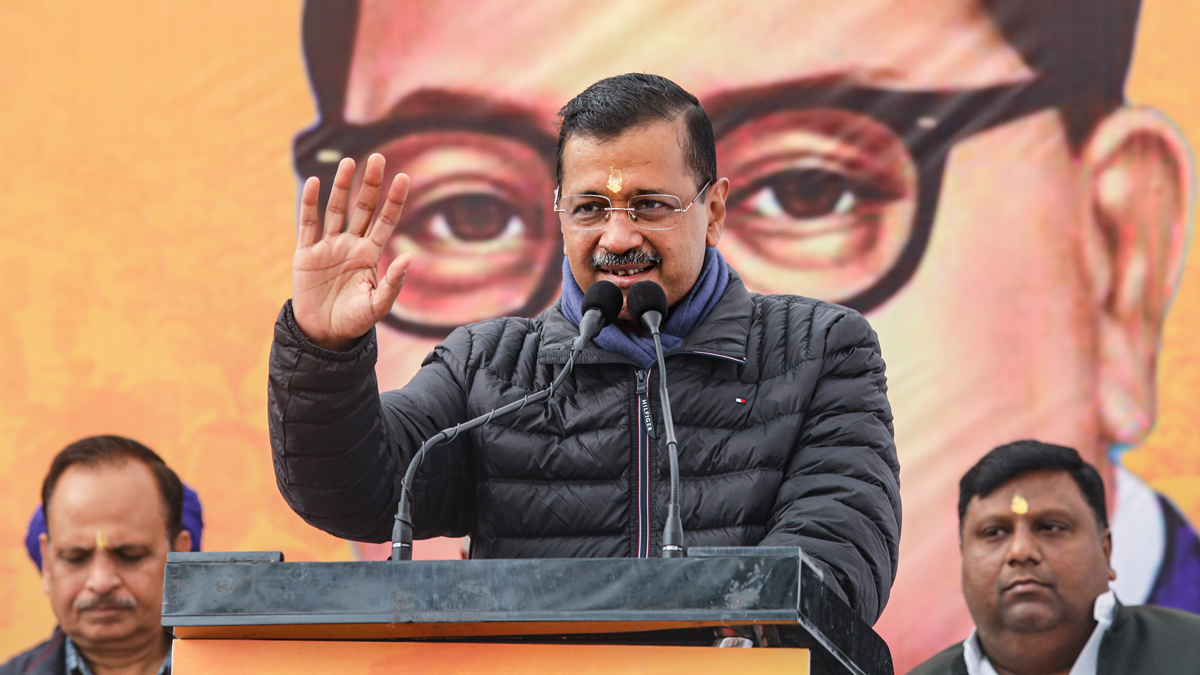With the Delhi elections less than two months away, the Aam Aadmi Party (AAP) has been the first to make its move. Aiming for a fourth term as chief minister, Arvind Kejriwal has begun aggressively courting the electorate, which has trusted him since 2013, by rolling out a range of social welfare schemes.
Often ridiculed as ‘revadis’ (freebies), these welfare measures have proven electorally effective, as seen in the recent assembly polls. Parties offering benefits often secured clear mandates, whether in Maharashtra, Haryana, or Jharkhand. Kejriwal's latest schemes focus on women, senior citizens, and auto drivers - groups that have been AAP’s support base.
These initiatives are likely to put pressure on the BJP and Congress, to either match or surpass AAP’s promises. As seen in previous elections, neither BJP nor Congress has shied away from similar strategies—BJP promised Rs 2,100 to women in Haryana and Maharashtra, while Congress pledged Rs 2,000 to women voters.
Although Atishi Singh is currently serving as chief minister following Kejriwal's resignation, Kejriwal has vowed to return if AAP secures a fresh mandate.
Also read
- Delhi elections: AAP focuses on middle class in manifesto, seeks Union Budget 2025 on similar lines
- Murder attempt carried out on former CM, Delhi has never seen such violence: Kejriwal
- Delhi Assembly polls: Kejriwal promises free power, water schemes for tenants; police stop screening of AAP documentary
Consequently, AAP’s promises carry his personal assurance for finding the resources to implement such schemes. The AAP is also facing pressure as it has been in power for over 10 years, while its several ministers including the CM have been in jail on alleged corruption charges. It has a lot of work at hand to beat the anti-incumbency.
One of the AAP's main promises is the Mukhyamantri Mahila Samman Yojana, under which financial assistance for women will increase from Rs 1,000 to Rs 2,100. The party has already begun reaching out to households to enrol eligible beneficiaries. While Delhi is home to a significant migrant population, the scheme is restricted to residents and registered voters of the national capital. There are over 69 lakh women voters among the 1.52 crore registered voters in Delhi.
Another key proposal is free healthcare for residents aged 60 and above in both government and private hospitals. This initiative contrasts with the Centre’s Ayushman Bharat scheme, which offers free healthcare to citizens aged 70 and above, capped at Rs 5 lakh per treatment. The AAP government’s plan starts at 60 years of age and has no upper cap on treatment costs. Delhi offers its own health care scheme, shunning the Centre’s Ayushman Bharat health scheme.
Kejriwal also revisited AAP’s support base among auto drivers, offering them a comprehensive package: Rs 10 lakh in life insurance, Rs 5 lakh in accident insurance, and financial assistance for their daughters’ marriages and uniforms. These promises are likely to resonate with the over three lakh auto drivers in Delhi, despite political divides within their community.
However, a major question remains: How will AAP fund these ambitious welfare schemes? While AAP has taken the lead by announcing its candidates and promises, the BJP and Congress are yet to respond with their strategies. Both parties have been critical of AAP on issues such as corruption, pollution, and inadequate development in the capital.
Historically, Delhi’s voters have displayed a clear pattern, favouring the BJP in Lok Sabha elections but choosing AAP in assembly polls. Will this trend persist, or will the February elections yield a different outcome? Only time will tell.



